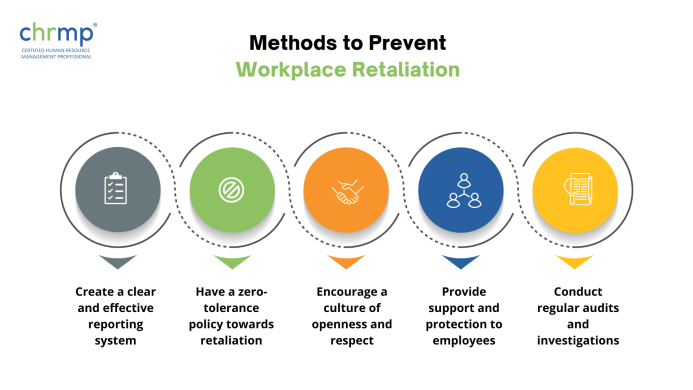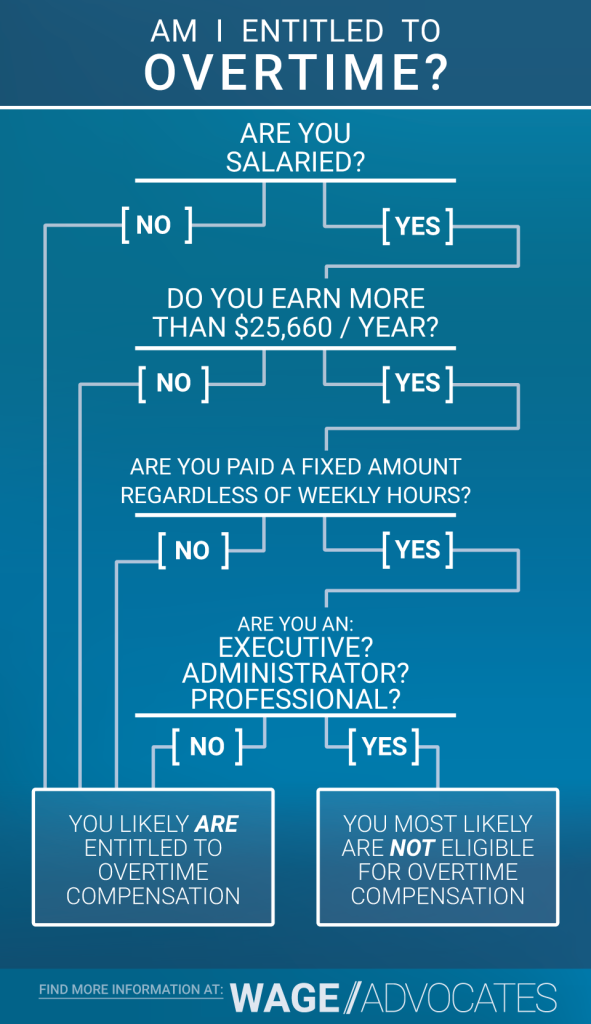
Workplace Discrimination: Recognizing, Reporting, and Protecting Your Rights
Workplace discrimination is a serious issue that affects countless individuals, leading to emotional distress, career stagnation, and a hostile work environment. It’s more than just "unfairness"; it’s illegal treatment based on specific personal characteristics. Understanding what discrimination looks like, knowing your rights, and learning how to report it are crucial steps toward fostering a fair and equitable workplace for everyone.
This comprehensive guide will help you recognize the signs of workplace discrimination, understand your legal protections, and empower you with the knowledge to report it effectively.
What Exactly Is Workplace Discrimination?
At its core, workplace discrimination occurs when an employer treats an employee or job applicant unfavorably because of a protected characteristic. This unfavorable treatment can affect any aspect of employment, including:
- Hiring and firing
- Promotions and demotions
- Job assignments
- Pay and benefits
- Training opportunities
- Layoffs
- Any other terms or conditions of employment
Key Takeaway: Discrimination isn’t just about outright malice. It can be subtle, unintentional, or even arise from long-standing company practices that disadvantage certain groups.
Understanding "Protected Characteristics"
The law identifies specific personal traits that employers cannot discriminate against. These are known as "protected characteristics." While laws can vary slightly by state, federal laws primarily protect against discrimination based on:
- Race or Color: Discrimination based on a person’s race, skin color, or even hair texture (e.g., the CROWN Act).
- Example: Being denied a promotion because of your ethnic background, even though you are the most qualified candidate.
- National Origin: Discrimination based on a person’s country of origin, ethnicity, ancestry, culture, or linguistic characteristics.
- Example: Being mocked for your accent or told you "don’t fit in" because of your cultural background.
- Religion: Discrimination based on an individual’s religious beliefs, practices, or non-belief. This includes reasonable accommodation for religious practices.
- Example: Not being allowed to observe religious holidays or wear religious attire, even if it doesn’t pose an undue hardship on the employer.
- Sex/Gender: Discrimination based on a person’s sex, including pregnancy, childbirth, or related medical conditions, sexual harassment, and discrimination based on sexual orientation or gender identity.
- Example: Being paid less than a male colleague for the exact same work, or being denied a job because you are pregnant.
- Sexual Orientation & Gender Identity: Discrimination based on a person’s sexual orientation (e.g., gay, straight, bisexual) or gender identity (e.g., transgender, non-binary).
- Example: Being fired or harassed because you are gay or because you are transitioning genders.
- Age: Discrimination against individuals who are 40 years of age or older.
- Example: Being passed over for training opportunities or laid off because the company wants a "younger, fresher image."
- Disability: Discrimination against a qualified individual with a disability. Employers must provide "reasonable accommodations" unless doing so would cause "undue hardship."
- Example: Being denied a reasonable accommodation (like an ergonomic chair or flexible hours) that would allow you to perform your job, or being fired because of a health condition.
- Genetic Information: Discrimination based on information about an individual’s genetic tests, the genetic tests of family members, or family medical history.
- Example: Being denied a job because your family has a history of a particular illness, even if you show no symptoms.
- Retaliation: This is a crucial one! It’s illegal for an employer to punish an applicant or employee for complaining about discrimination, participating in a discrimination investigation or lawsuit, or opposing discriminatory practices.
- Example: Being demoted or having your hours cut after you reported sexual harassment.
How to Recognize Workplace Discrimination: Common Signs
Sometimes, discrimination isn’t a single, obvious event. It can be a pattern of behavior or a series of seemingly minor incidents that, when viewed together, paint a clear picture. Here are some common signs:
- Unequal Treatment in Similar Situations:
- You are consistently disciplined more harshly than colleagues for the same infraction.
- You are denied training or promotion opportunities that are given to less qualified colleagues from a different protected group.
- You are paid less than colleagues with similar experience and duties.
- You are subjected to different or stricter rules than others.
- Harassment or Hostile Work Environment:
- Offensive jokes, slurs, epithets, or name-calling related to a protected characteristic.
- Display of offensive objects or pictures.
- Threats, intimidation, or ridicule.
- Physical assaults or threats.
- Unwanted sexual advances, comments, or gestures (sexual harassment).
- Constant negative comments about your age, appearance, or background.
- Exclusion or Isolation:
- Being intentionally excluded from meetings, projects, or social events that are relevant to your job or career advancement.
- Being ignored by colleagues or superiors.
- Being assigned undesirable tasks or shifts without a valid reason.
- Sudden Negative Performance Reviews or Scrutiny:
- After complaining about discrimination, you suddenly receive negative performance reviews, even if your work hasn’t changed.
- Your work is scrutinized more heavily than your colleagues’ work without justification.
- Changes in Job Duties or Demotion Without Cause:
- Your responsibilities are significantly reduced, or you are demoted without a clear, legitimate, non-discriminatory reason.
- Unexplained Termination or Layoff:
- You are fired or laid off while others in similar positions (who don’t share your protected characteristic) are retained, especially if you have a good performance record.
Remember: One isolated incident of unfairness might not be discrimination, but a pattern, a severe single incident, or actions linked to your protected characteristic are strong indicators.
What to Do If You Experience Workplace Discrimination: Your Action Plan
Experiencing discrimination can be upsetting and confusing, but you have rights and options. Taking these steps can help you build a strong case and protect yourself.
Step 1: Document Everything (Your Best Ally!)
This is perhaps the most critical step. Detailed records can be invaluable later on.
- Dates and Times: Note the exact date and time of each incident.
- Specific Details: What exactly happened? Who was involved (names, positions)? What was said or done?
- Witnesses: Were there any witnesses? Note their names if possible.
- Evidence: Keep copies of relevant emails, texts, voicemails, performance reviews, company policies, or any other documents that support your claim.
- Your Feelings/Impact: Briefly note how the incident made you feel and how it affected your work or well-being.
- Keep it Private: Store your documentation in a safe place outside of your work computer or email, such as a personal notebook, personal email, or cloud storage.
Step 2: Review Your Company’s Policy
Most companies have an anti-discrimination and harassment policy outlined in their employee handbook or on their internal portal. This policy will typically detail the internal reporting procedures. Understanding it is your first step toward using internal channels.
Step 3: Report Internally (If You Feel Safe and Comfortable)
Many employers prefer to resolve issues internally. This often involves reporting to:
- Your Immediate Supervisor: If they are not the source of the discrimination.
- Human Resources (HR) Department: HR is responsible for enforcing company policies and investigating complaints. They are often the best first internal point of contact.
- A Higher-Level Manager: If your supervisor or HR is the source of the problem, or if you don’t feel they will take your complaint seriously.
When reporting internally:
- Be Clear and Concise: State clearly that you believe you are experiencing discrimination based on a protected characteristic.
- Provide Your Documentation: Refer to your detailed notes and offer to provide copies.
- Ask for Next Steps: Inquire about the investigation process, timeline, and what actions will be taken.
- Follow Up in Writing: Even if you report verbally, send a follow-up email summarizing your conversation and the key points discussed. This creates a paper trail.
Step 4: Consider External Agencies (If Internal Reporting Isn’t Effective or Possible)
If your employer fails to address the issue, if you fear retaliation, or if you’re not comfortable reporting internally, you can report to government agencies.
- Equal Employment Opportunity Commission (EEOC): This is the primary federal agency responsible for enforcing federal anti-discrimination laws.
- How to file: You typically need to file a "Charge of Discrimination" with the EEOC. This is a formal complaint.
- Deadlines: There are strict deadlines (usually 180 or 300 days from the last discriminatory act, depending on your state) for filing a charge, so don’t delay.
- What they do: The EEOC may investigate, mediate a settlement, or even file a lawsuit on your behalf. They will often issue a "Right-to-Sue" letter if they close their investigation without resolution, allowing you to file your own lawsuit.
- State Fair Employment Practices Agencies (FEPAs): Many states have their own agencies with similar powers to the EEOC, often with broader protections or different deadlines. The EEOC often has work-sharing agreements with these state agencies, meaning filing with one might also file with the other.
Step 5: Seek Legal Counsel
Consulting with an employment law attorney can be extremely beneficial, even early in the process. An attorney can:
- Explain your rights under federal, state, and local laws.
- Advise you on the best course of action.
- Help you navigate the internal reporting process.
- Assist you in filing a charge with the EEOC or state agency.
- Represent you if a lawsuit becomes necessary.
- Help you understand potential compensation for damages.
Understanding Your Rights and Protections
It’s important to know that the law is on your side when it comes to workplace discrimination.
- Protection Against Retaliation: As mentioned, it is illegal for an employer to punish you for reporting discrimination or participating in an investigation. If you experience retaliation after making a complaint, that is a separate and serious violation that you can also report.
- Right to a Harassment-Free Workplace: Employers have a responsibility to provide a workplace free from harassment based on protected characteristics.
- Right to Reasonable Accommodation: For individuals with disabilities and religious beliefs, employers are often required to provide reasonable accommodations that do not cause undue hardship.
Fostering an Inclusive Workplace
While individual action is vital, the ultimate goal is to prevent discrimination from happening in the first place. Employers have a responsibility to:
- Implement clear anti-discrimination policies.
- Provide regular training to all employees and managers.
- Foster a culture of respect and inclusion.
- Take all complaints seriously and investigate them promptly and thoroughly.
Conclusion: You Are Not Alone
Workplace discrimination is a challenging and often isolating experience, but you are not alone. Many resources are available to help you understand your rights and take action. By recognizing the signs, documenting incidents, and knowing the proper reporting channels, you empower yourself to seek justice and contribute to a more equitable and respectful work environment for everyone. Don’t let fear prevent you from standing up for your rights.




Post Comment